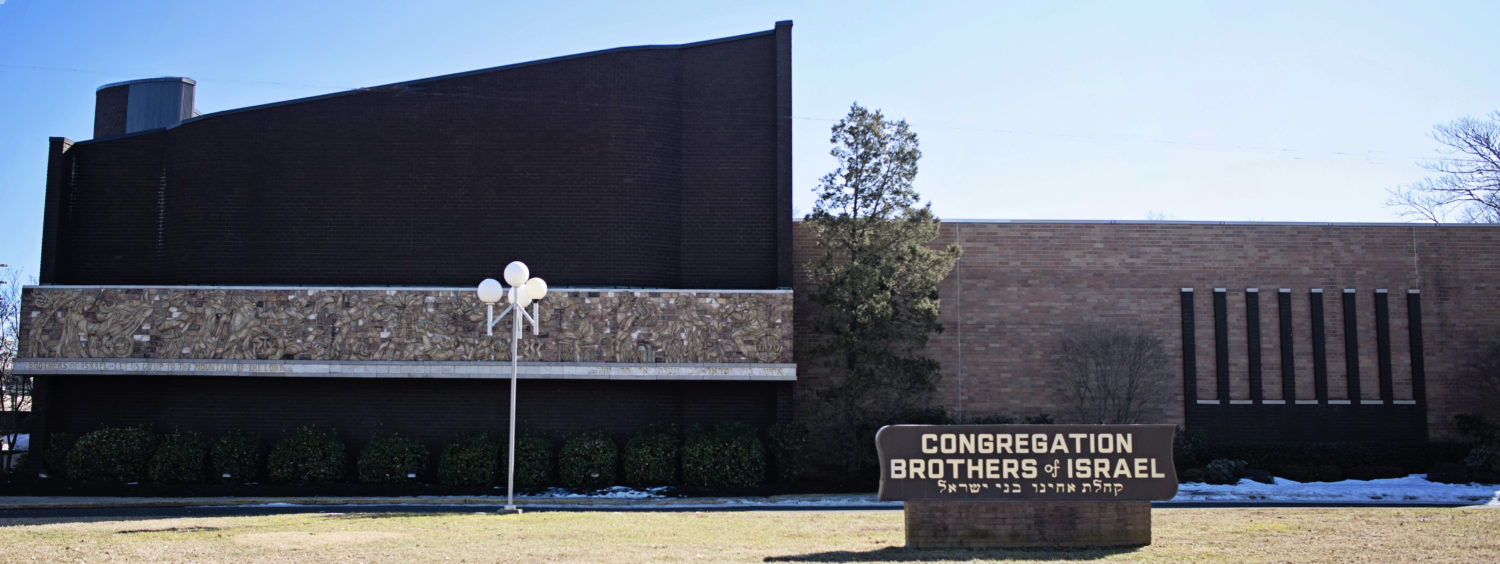Yom Yerushalayim and Yovel
Adapted from Rabbi Braun’s sermon in 5778
One of the most famous pictures from the modern state of Israel is of 4 paratroopers who helped liberate the Kotel in 1967. Everyone has seen that picture!
Less famous although very well known in religious Zionist circles is a picture from that very same day of Rabbi Shlomo Goren, chief Rabbi of the IDF at the time, blowing a shofar at the Kotel.
My question for this morning is – was the blowing of the shofar simply a Jewish proclamation or was there more to it?
While I can’t know for certain what was in his mind, I would like to venture a guess.
Let’s begin with a shofar blast recorded in this mornings parsha.
You count 49 years, 7 cycles of 7 years after which,
ויקרא פרק כה
(ט) וְהַֽעֲבַרְתָּ֞ שׁוֹפַ֤ר תְּרוּעָה֙ בַּחֹ֣דֶשׁ הַשְּׁבִעִ֔י בֶּעָשׂ֖וֹר לַחֹ֑דֶשׁ בְּיוֹם֙ הַכִּפֻּרִ֔ים תַּעֲבִ֥ירוּ שׁוֹפָ֖ר בְּכָל־אַרְצְכֶֽם
9. Then shall you cause the shofar to sound on the tenth day of the seventh month, in the Day of Atonement shall you sound the shofar throughout all your land.
The verse presents 2 questions:
- Why is Yovel sanctified by the blowing of a shofar?
- Why is the shofar blown on Yom Kippur and not Rosh Hashanah? When does the Yovel actually begin?
The Gemara in Rosh Hashanah 8b addresses the second question. Yovel begins on RH, we sanctify the 50th year, yet the Torah records that we blow the shofar on Yom Kippur. Why should that be?
The Gemara answers that this represents the position of Rabbi Yishmael the son of Rabbi Yochanan ben Broka who believes that from Rosh Hashanah until Yom Kippur the slaves that are to be free are in a quasi-limbo status. The slaves do not yet go home, although they are no longer working for their masters. Rather they sit and drink, enjoying with crowns on their heads. Then, when the shofar blasts on Yom Kippur, they go home.
What in the world could that mean?
Rabbi Samson Raphael Hirsch suggests that mimicking the journey from Rosh Hashanah to Yom Kippur is exactly the point. It is to teach us that there is an element of Kapara to Yovel.
Hirsch writes that while the regular Yom Kippur offers atonement to the individual, YK of Yovel offers a national atonement. And just as YK is the time of a moral rebirth for the individual YK of Yovel is a time of social rebirth for the nation.
Rabbi Haim Sabato quotes Rav Kook who makes a similar point – “the spirit of general forgiveness by the supreme God that meets each individual on each Yom Kippur is expanded by the sanctity of the jubilee Year into an all-encompassing characteristic, enveloping the entire nation in the spirit of forgiveness and repentance.”
I think that will answer the first question – why the shofar?
There are only two times in the Torah that the word shofar is mentioned and no it is not Rosh Hashanah. The second is our verse, YK of Yovel and the first is at Sinai, during the revelation.
What connects them and what does the shofar represent?
Sinai is the ultimate national transformative event. It connects us to God and binds us together as people with a shared fate and destiny.
Yovel is supposed to reinforce that message – it is a national reset – it reminds us of our role as a people and hopefully propels us forward. The shofar of Yovel throws and back to the shofar of Sinai and forces us to ask – how are we doing? How is the nation doing? Are we living up to those ideals? Are we one people? Do the messages of Sinai still resonate?
The next time we will hear that shofar blast, it will herald in the messianic era. That shofar will let us know that we have indeed internalized the messages of Sinai, we have grown spiritually and come together as a people and finally merited the coming of the Messiah!
That is why the Shofar is associated with the Mashiach as well.
That, I believe, is why Rav Goren blew the shofar at the Kotel in 1967. It was not simply a Jewish act. It was an intentional act with a very specific message!
He saw the liberation of the Kotel and Yerushalayim as a step in the process from Sinai to Messiah. He saw it as a potentially nationally transformative event, which could propel us forward spiritually and bring us together as a people.
I am not sure that it has accomplished its goal, but it is the lens through which the religious Zionist community should celebrate Yom Yerushalayim!
First and foremost – we celebrate because it has national religious significance! We thank Hashem and those who fought the battles for returning Yerushalayim to us!
And it is also a time for self-reflection and assessment?
How are we doing? Have we internalized and do we live the messages of Sinai? What are we doing to bring the people together and to push Am Yisrael further along the trajectory to the Messianic Era?
Tomorrow, take the time to think, assess, thank and celebrate!


